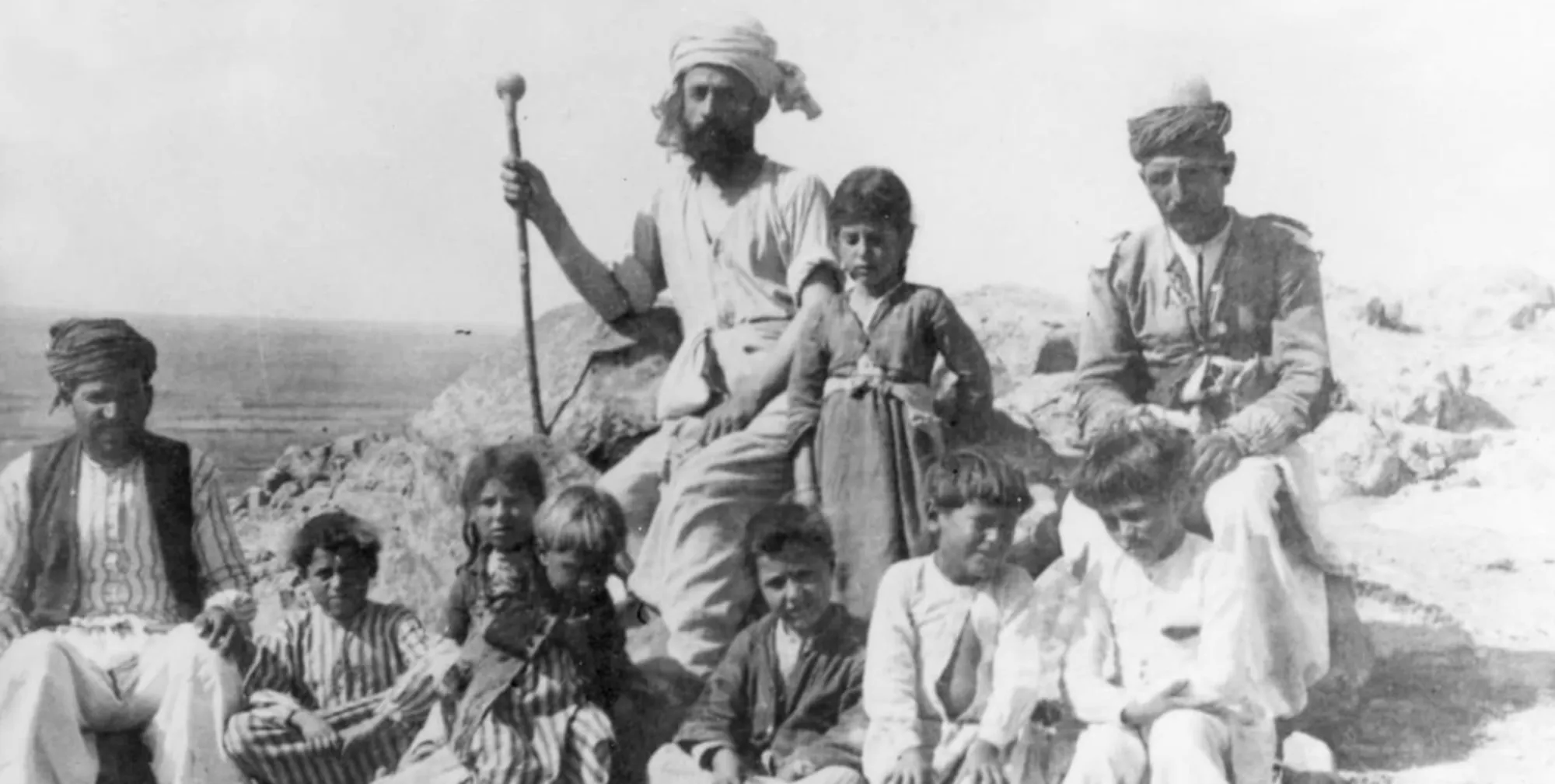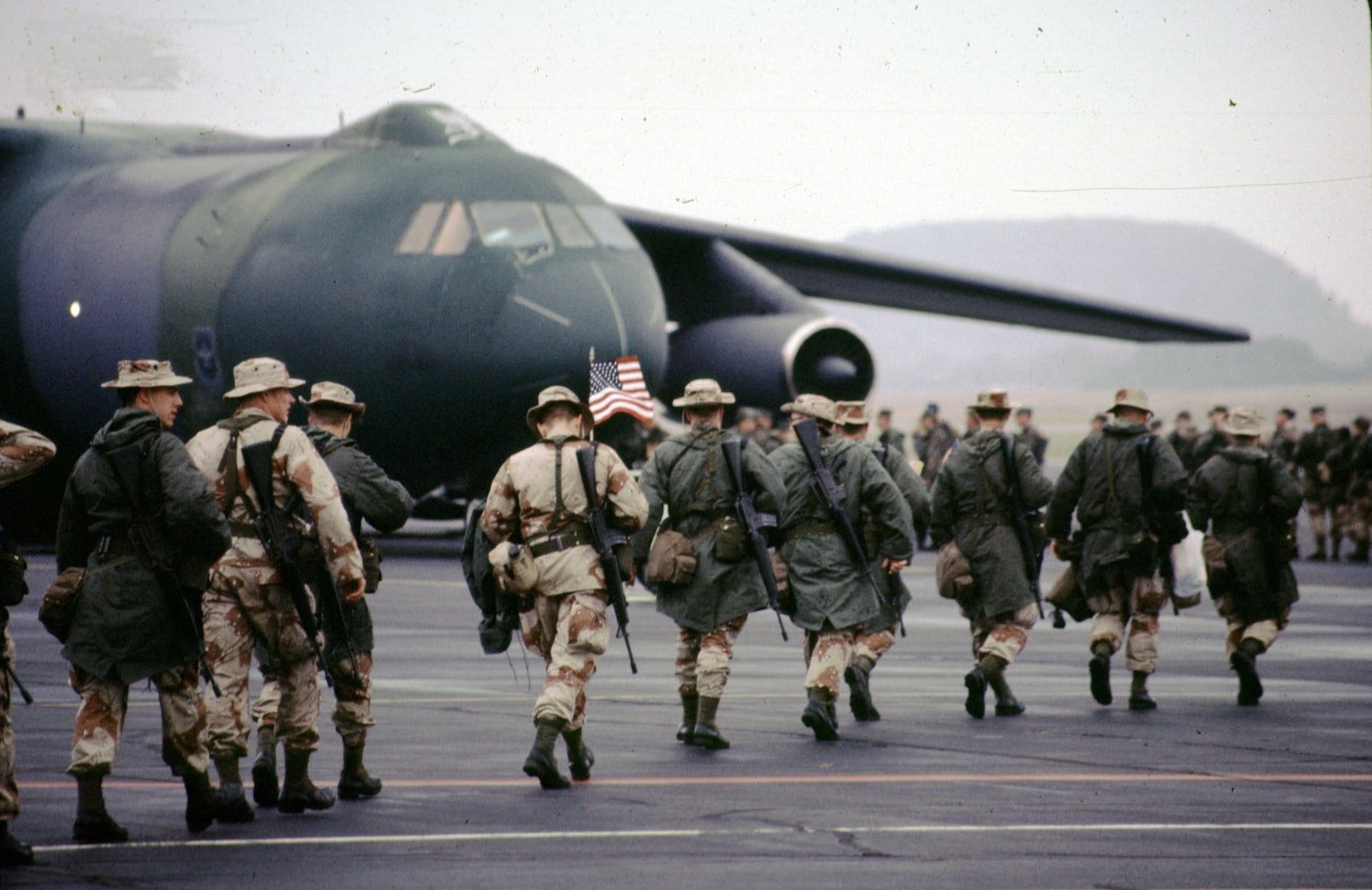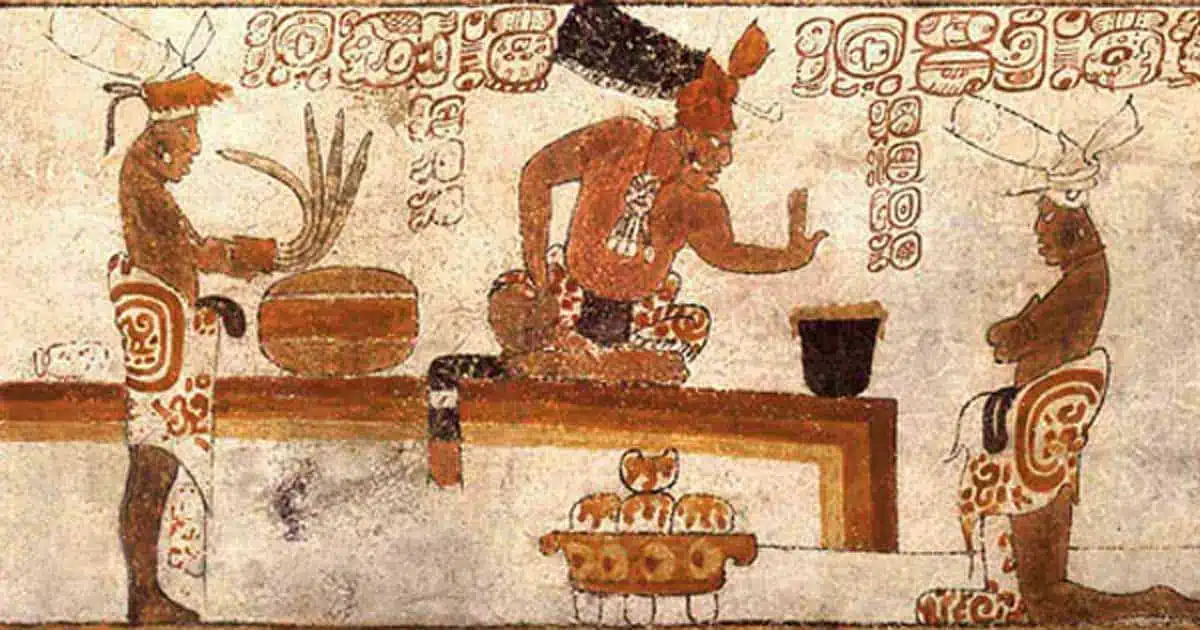Having existed in the region since the 24th century BC, the Assyrians are a transnational, Christian population indigenous to northern Mesopotamia (modern-day Iraq), who trace their lineage back to the ancient Assyrian Empire. In August 1933 - under the newly formed Iraqi state - there was a large massacre of Assyrians, resulting in the death of 600 Assyrian Christians as well as the destruction of over 120 villages in Northern Iraq: this event is commonly referred to as the Simele Massacre(s).
In the years leading up to the massacre, the Assyrian population had been extremely worried that their future would be at risk once the British terminated their mandate of control (the British Mandate over Iraq would end up lasting from 1921 to October 1932). The reasoning behind why the Assyrian minority group felt threatened is twofold. On one hand, they were – and always had been– targeted by the majority Arab population in the region for their Christian belief. Additionally, the Arabs were also opposed to the minority group since they were worried by the close connection that the Assyrians had to the British. This connection occurred owing to the creation of the Assyrian Levies in 1921, a military force designed to exclusively look after British military assets (such as the Royal Air Force Bases) in Northern Iraq. In the lead up to 1933, many Iraqis feared that Britain would use the Assyrians to revert their decision to terminate their Mandate over Iraq, effectively cultivating a fifth column against nationalist aspirations.

Fear from the Arab population was exacerbated by Britain’s ongoing actions across the Middle East. During this period, Britain’s main involvement in the region was in Palestine, where – following the Balfour Declaration of 1917 – it actively supported the creation of a Jewish homeland on Arab land. Consequently, many Iraqis feared that the British would support the creation of an Assyrian homeland in their country in a similar way to which they supported the Zionists.
The short-term trigger for the Massacre occurred in July 1933, when a group of Assyrians attempted to cross the border from Iraq into Syria. Reaching the border on the 26th of July, a group of Assyrians sent a letter to the British High Commissioner, stating that they had reached the border and wished to safely migrate into Syria. Immediately after receiving this news, British officials travelled to France (who had a mandate over Syria at the time) to discuss the ongoing situation. As a result of British persuasion, the French declared that the Assyrians would be sent back into Iraq, contrary to article VI of the Provisional Accord of 1927 between Iraq and Syria.
Upon returning into Iraq, the Assyrians were confronted by thousands of Iraqi soldiers at the town of Feshkhabur, who opened fire on the group. In the days that followed, Iraqi army battalions – as well as Arab and Kurdish populations – searched villages across Northern Iraqi, brutally murdering any Assyrians that they could find. The largest act of violence occurred on the 11th of August, when all Assyrian civilians in the village of Simele were killed.

Unfortunately, the Simele massacre was only the start of a currently ongoing series of violence against the Assyrians in Northern Mesopotamia. In recent years, there have been a substantial number of acts of violence conducted against the minority group. Most notable is the Anfal Campaign of 1988, a counter-insurgency operation carried out by Saddam Hussein against the Kurds and Assyrians in Iraq, at the end of the Iran-Iraq War. Additionally, in the modern day, the Assyrians are heavily targeted by the ISIS (Islamic State of Iraq and the Levant) terrorist group, predominantly for their Christian faith and beliefs.
Current estimates suggest that there may be no more Assyrians left in Northern Iraq by the end of this decade: according to research conducted by the United States Department of State, there were 1.4 million Assyrians left in Iraq in 1987, whilst this number had halved to approximately 750,000 by the end of 2005. In front of our eyes, a group which has existed in the region for thousands of years is finding itself erased from an area which they had once been able to call their home.








